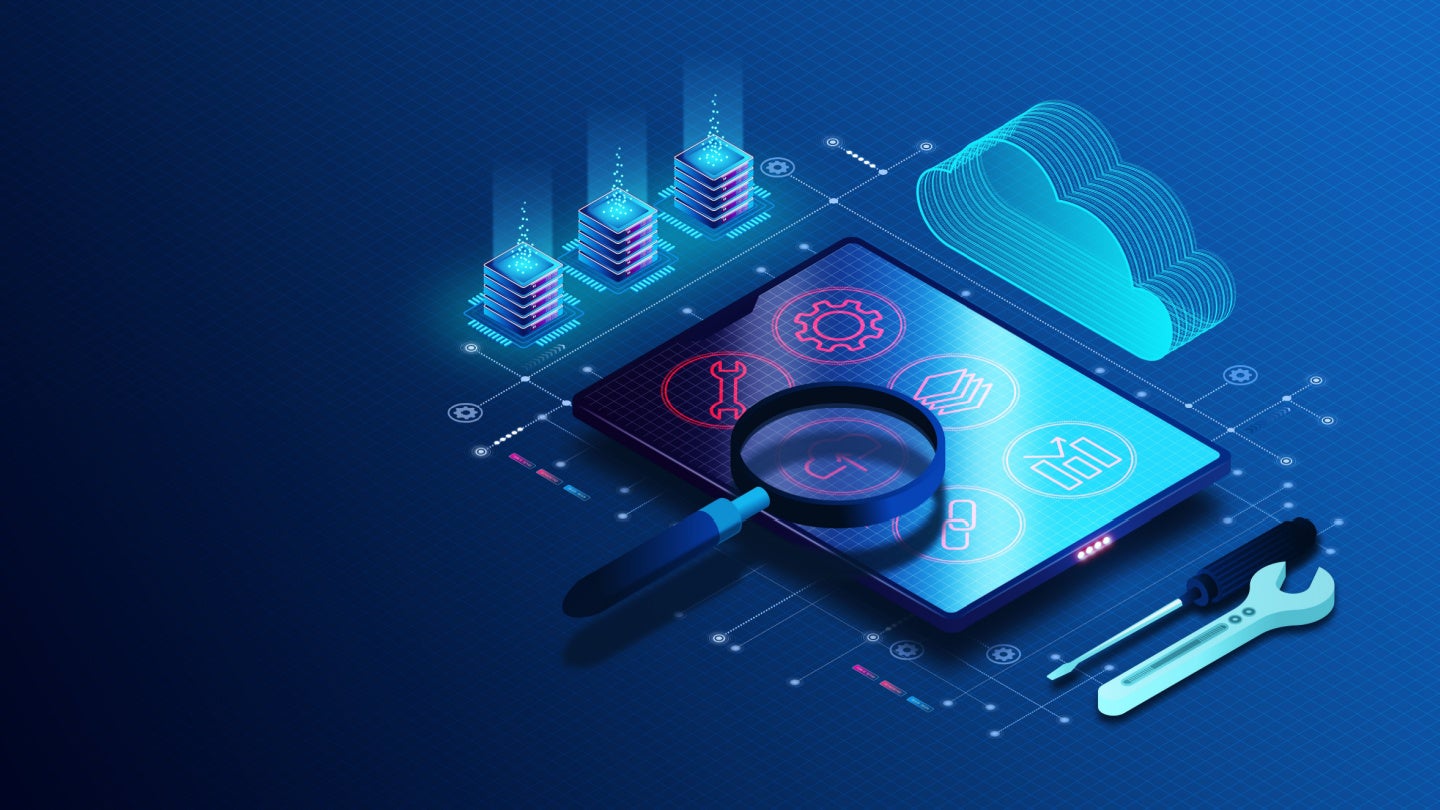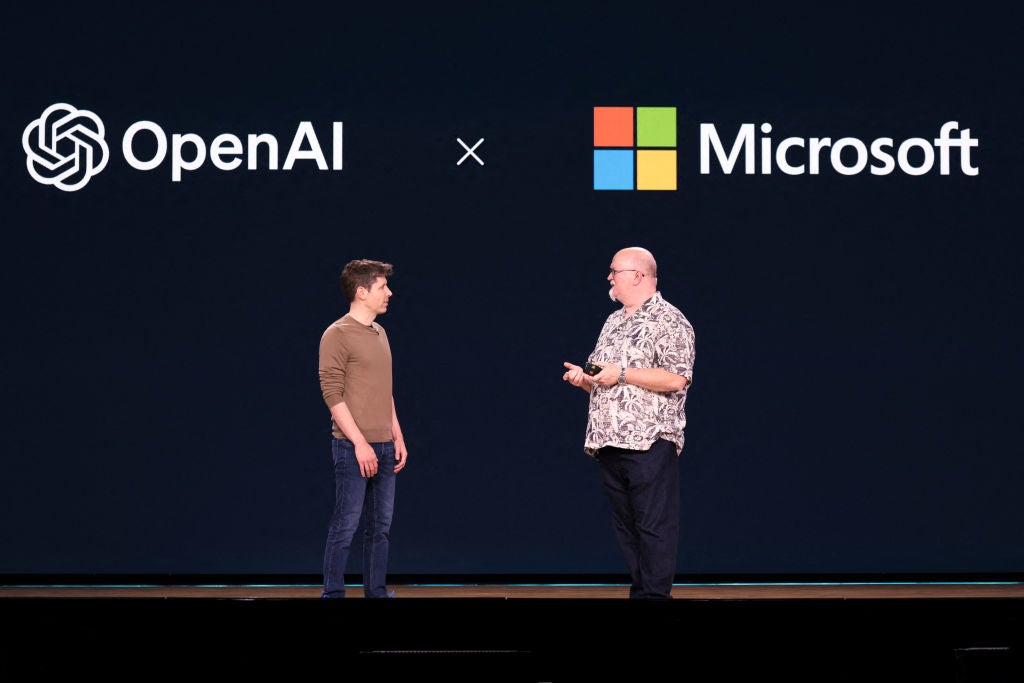The term ‘universal observability’ is beating its way into the collective consciousness of the information technology (IT) ecosystem.
Traditionally, observability meant the ability to monitor the interior processes of a given application/workload. However, it has been spilling over to every other aspect of IT such as application performance monitoring, networking monitoring, and security to the extent that it is becoming universal observability. There are a number of good reasons why.
Observability and the blame game
Monitoring, or observing things in IT has been fragmented. Each aspect of the chain between the user, the application, and the data it serves up were monitored, but individually and without any cohesion between each aspect. This has led to the age-old blame game, where the application developers blame the network, the network engineers blame the cloud/server administrators, who in turn blame the desktop team while everyone secretly suspects and blames the user.
In the middle is the helpdesk, the hapless centre of the blame-game, slowly going insane trying to find someone to solve the problem. The real losers in this entire scenario are the end user, whose productivity is impacted, and the business, who is seeing a lot of activity but not a lot of action.
Digitisation is driving universal observability
From a business perspective, the digitisation trend is the driver for universal observability. Digitisation requires companies to serve the customer in a fast and concise manner. To do that, employees must have fast, concise, and reliable tools to use. Both of these things require more than traditional IT siloed troubleshooting and passing the buck.
Now the term universal observability is gaining steam, but more importantly the concept of observability and retaining history across the entire ecosystem is also gaining steam. The idea of looking at the end user experience as a comprehensive interdependent chain isn’t conceptually new. But having tools that can do that and the mind-set changing towards that goal across IT is happening and will only grow.
How well do you really know your competitors?
Access the most comprehensive Company Profiles on the market, powered by GlobalData. Save hours of research. Gain competitive edge.

Thank you!
Your download email will arrive shortly
Not ready to buy yet? Download a free sample
We are confident about the unique quality of our Company Profiles. However, we want you to make the most beneficial decision for your business, so we offer a free sample that you can download by submitting the below form
By GlobalDataMitigating problems
There is more than just speeding up the resolution of problems. Universal observability, with the use of AI/ML and historical performance data across the chain can allow for the mitigation of problems before they impact the user, or at least produce minimal end user impact.
This data, combined with advanced security can also detect anomalous activity by comparing it to normal averages across the entire chain. This leads to faster detection, block, and remediation of potential security issues. The value of being able to determine where the problems or anomalies are in the system is incalculable from nearly every angle.
However, we are just at the beginning of the universal observability movement. So keep an eye out for universal observability, talk to your vendors and service providers about how they are going to fit into that observability chain. Make plans to incorporate it as part of standard IT practice. In the long run, it’s better for everyone, IT, the business, employees, and most importantly the end customer.








